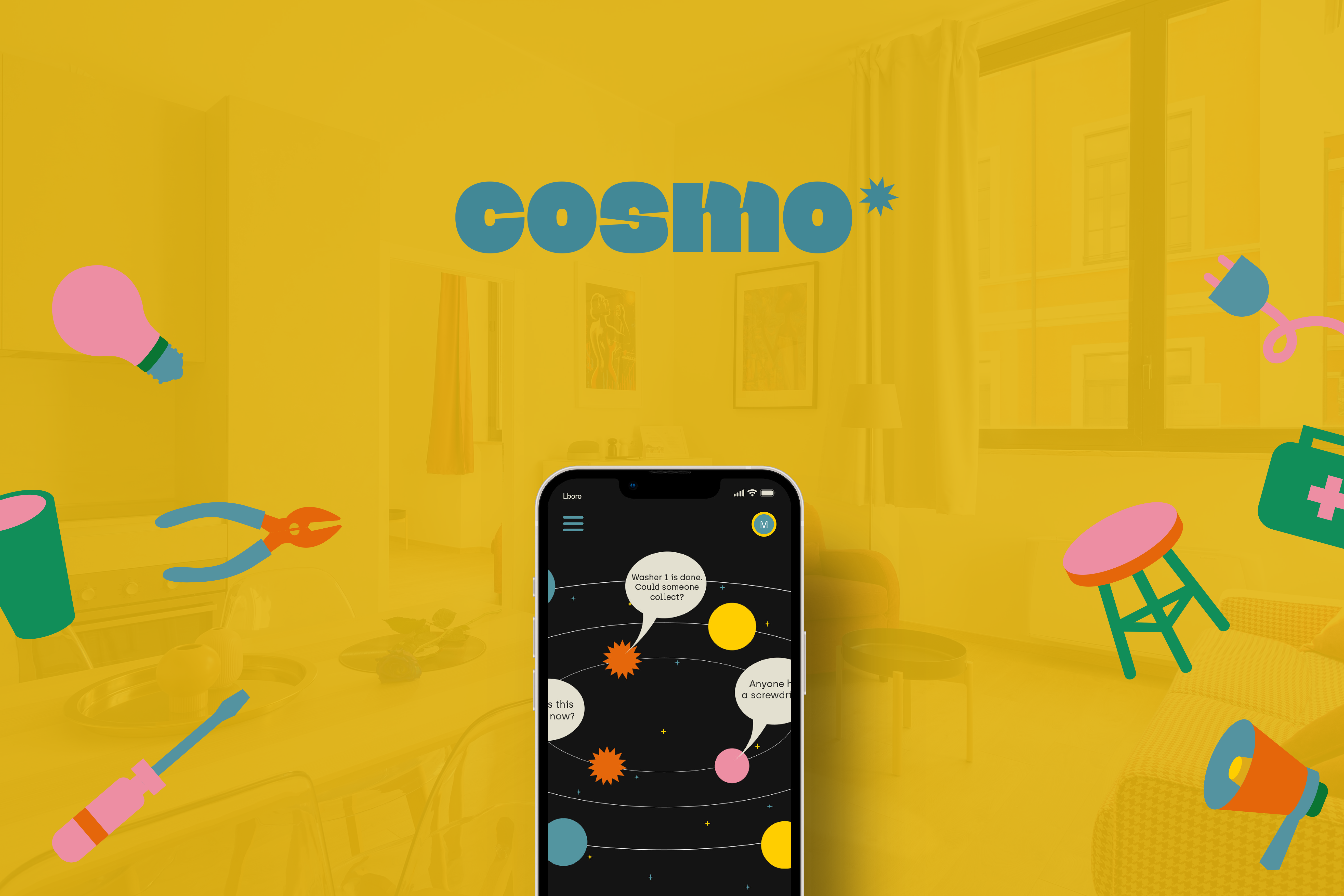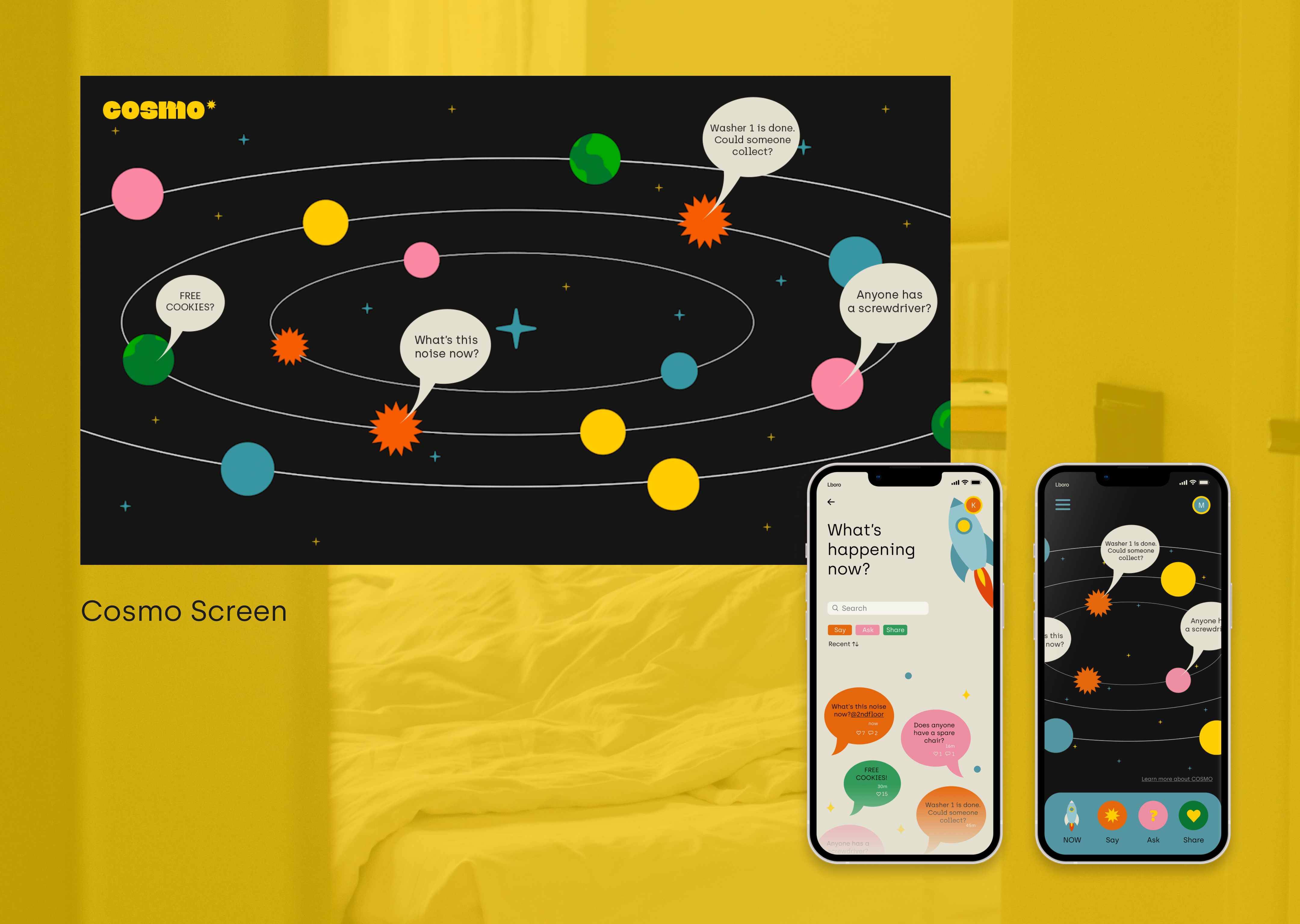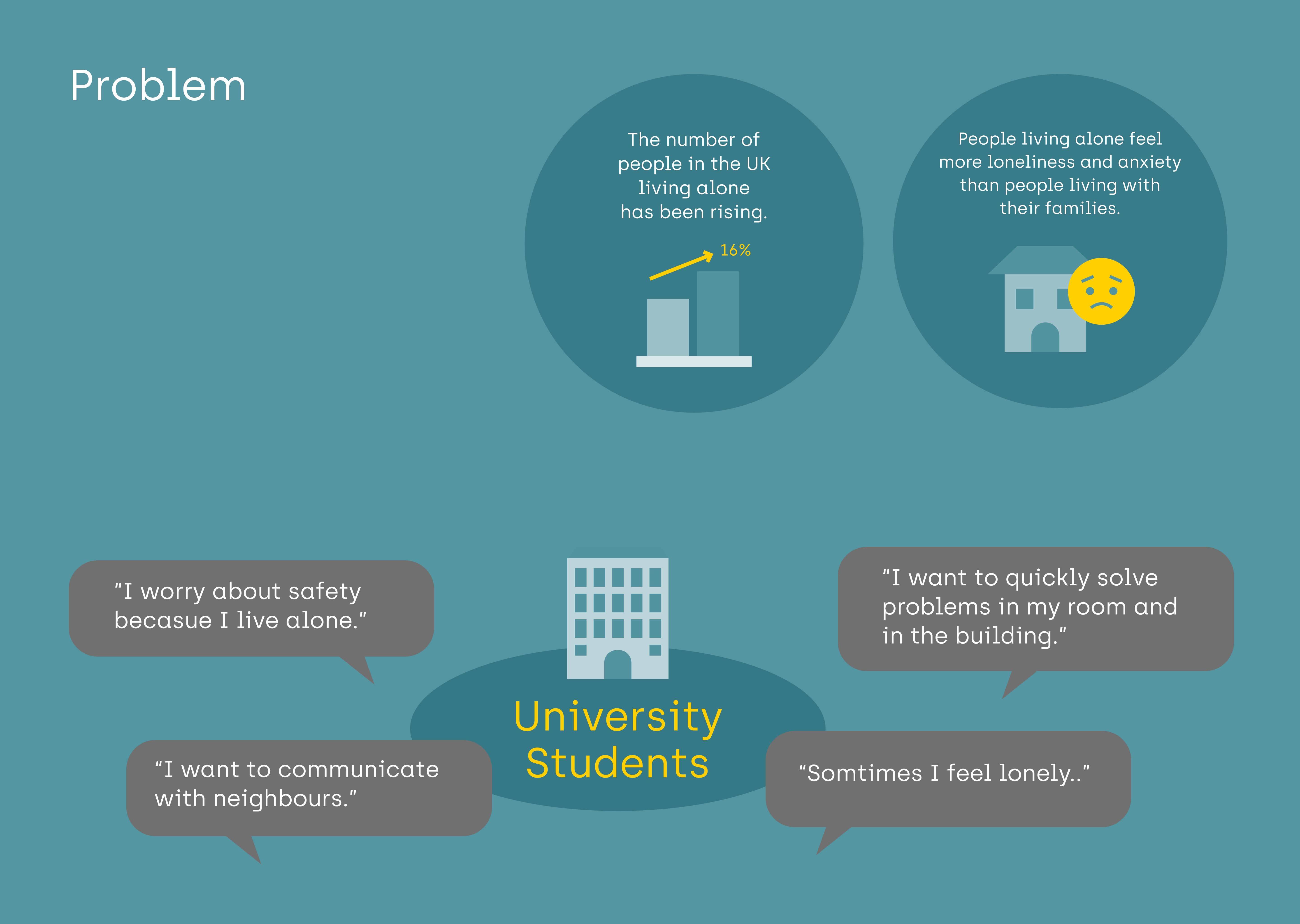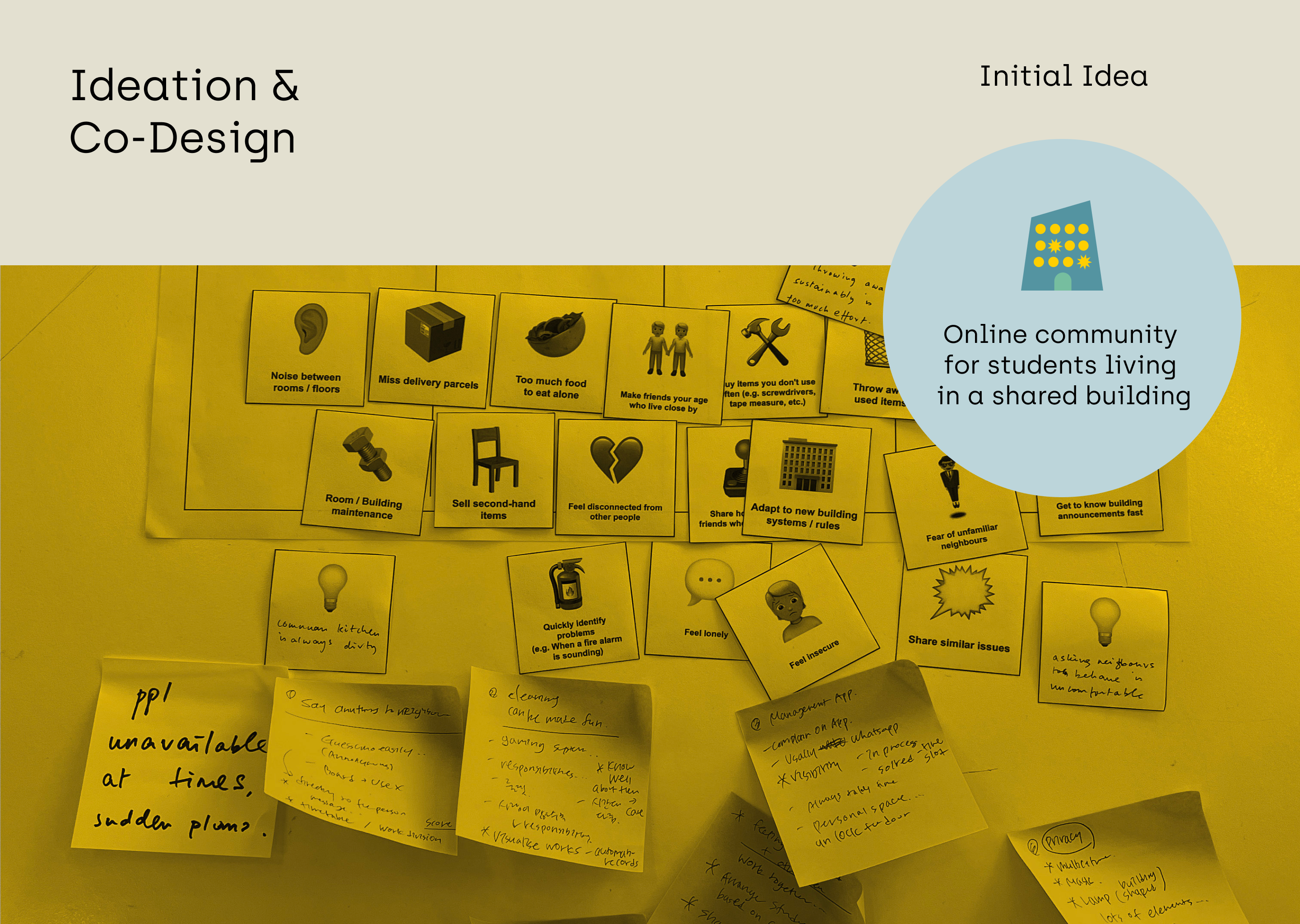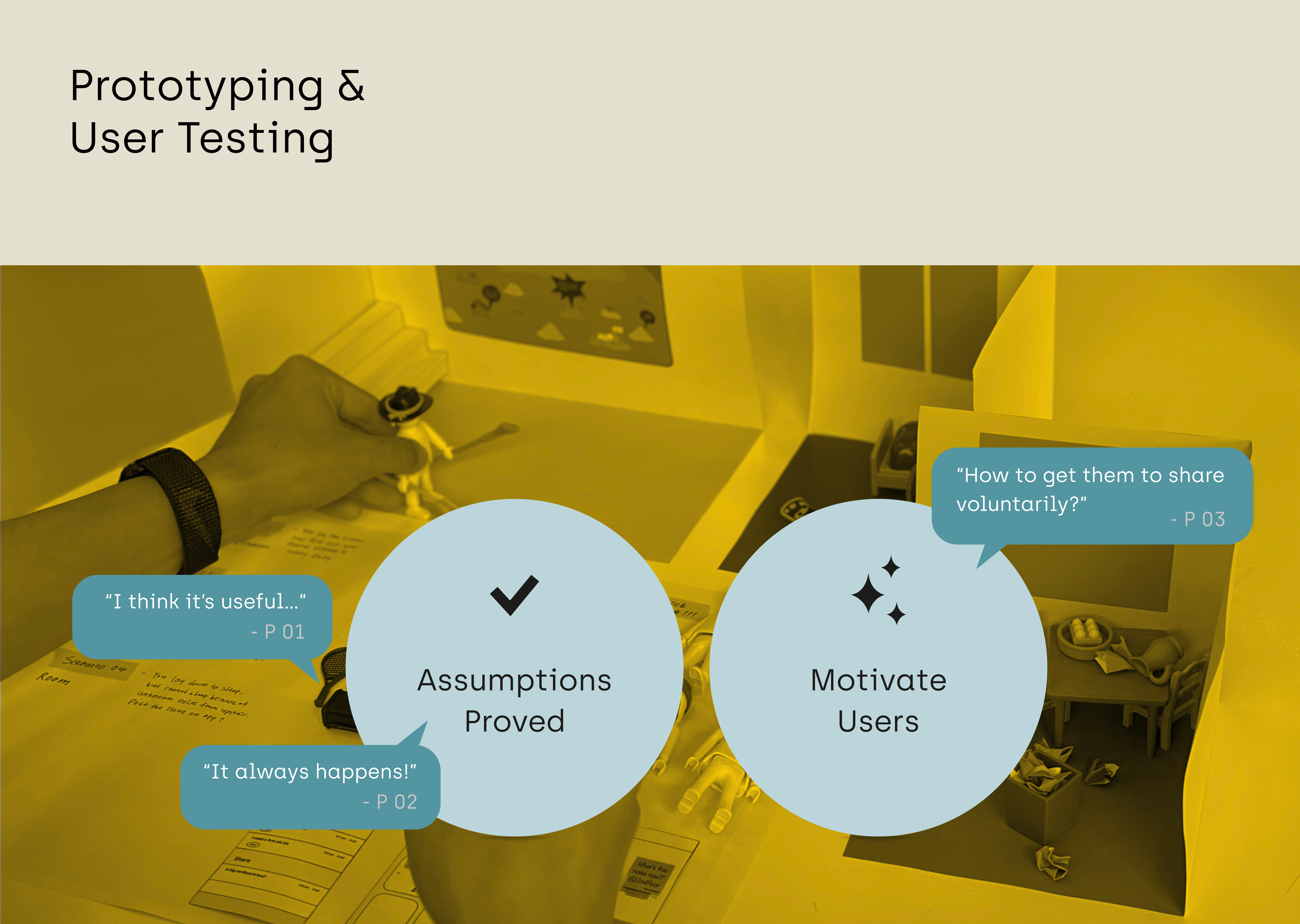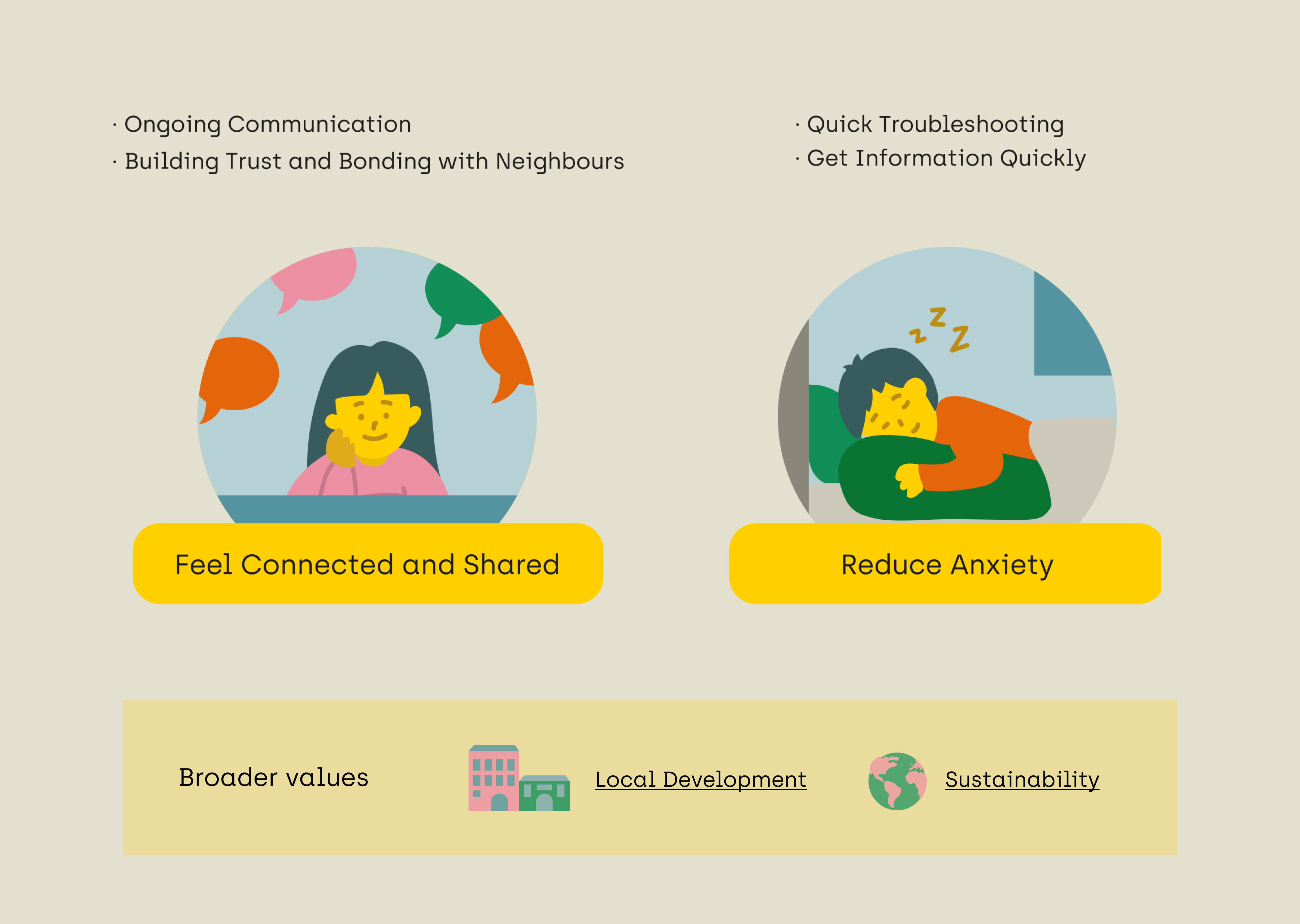Hello. I’m Dabin Han. I love jumping into new problems!
Major project
COSMO
COSMO
Cosmo is a student accommodation service that can make students’ first independent lives enjoyable. With Cosmo, students can easily communicate and share with others who live in the same building.
Key features
Cosmo is a student accommodation service designed to help students feel more connected even when they live alone. Cosmo has three main functions to help users communicate Say, Ask, and Share.
‘Say’ literally means shout out everything that happens in the building. People can raise a problem at any time, for example, when they hear a strange noise in the building or ask others to pick up the finished laundry in the shared washing machine. They can also notify people when there is a new event in the building, such as having a party on someone’s birthday. They can even talk by tagging specific floors. Students can ‘say’ anything difficult to tell face-to-face. As a result, they can solve problems quickly and relieve anxiety.
‘Ask’ is a function that lends and borrows things. People who live alone sometimes have things they need but are reluctant to buy them because they are not used often. To deal with the inconvenience, people can request to borrow items. They can set the time and pick up and return it at a collection point such as an Ask box without having to meet in person. to borrow it. Students can solve issues fast they face, feel grateful, and feel connected to their neighbours.
'Share' is a feature that allows people to give away food or items to their neighbours for free. When people live alone, food ingredients are left behind, and sometimes some things are unnecessary. How about handing it out to neighbours in the same building who need it? For example, if a student who buys several tomatoes and has leftovers puts them at the collection point, someone who is hungry can find them easily. They can feel connected as they share with neighbours.
Details
Students can easily see and react to what is happening in the building as they pass by the cosmo screen and application. Screens are in common areas and next to stairs, all over the building where students often go. It can even remind people that they are not alone. Planets indicate individuals living in a single room, and the state of the planet changes according to the messages they post. Also, if there are a lot of problems on one floor, the rotation speed increases, which can motivate the students to change their behaviour.
Also, students simply post a message to say, ask and share on the Cosmo application. Students can view the messages of the entire building and the status of each floor on the main page. They can also read and join real-time conversations on the ‘Now’ page.
Problem
The proportion of people living alone in the UK is increasing, but they still face many problems. For example, they are more likely to feel lonely and anxious than people living with their families. In particular, university students living in a student accommodation hall face various problems when they first start living independently. Starting to live alone for the first time means that they will face unfamiliar problems and may become more clumsy.
They sometimes want to solve issues in student accommodation buildings or rooms. And because they live alone, they care more about safety and feel anxious. They also often feel lonely, want to communicate with their neighbours and feel disconnected from others.
Then, how might we help students feel independent but connected and shared with others?
Ideation & Co-Design
Through the ideation and co-design workshop, various ideas were derived to get real-life examples of university students and solve their problems. Interestingly, although most student accommodations communicate through a ‘WhatsApp’ group or their application, there are still students who don’t know about this. And it is difficult for them to know what’s happening inside the building quickly. Also, they often feel that they are alone and have a hard time solving problems.
Therefore, the initial idea 'Online community for students living in a shared building' was created to close the gap in communication and information acquisition between students living in the same accommodation hall. I built the concept of a new student accommodation service that residents could actively communicate by using ‘online community’ and ‘interactive screen’.
Regarding touchpoints with users, various ways were considered to on input and output. A service that allows people to easily understand and communicate what is happening in the building through the screens was developed. Several features were additionally considered, such as metaphors and motivations for engaging users.
Prototyping & User Testing
Prototyping and user testing were performed with Playmobil and low-fidelity interface screens to verify user-essential functionality and validate assumptions.
Most of the assumptions have been proven by four participants. They just questioned the motives to engage students more actively and wanted clearer features to stand out in the service. In response to user feedback, the functions of the service were modified and supplemented.
Value
With Cosmo, students can build trust and bonds through ongoing communication with neighbours. This means they can feel connected and shared with others. Cosmo also helps with quick troubleshooting and information transfer in the building. With this, students can reduce their anxiety about problems and enjoy a more comfortable life. Moreover, they may be motivated to help each other, be supported, be responsible, and care for their communal life.
Also, Cosmo has the opportunity to provide broader values to our society. Cosmo helps local development by collaborating with local businesses through a reward system. Cosmo also can show sustainable value by reducing consumption and waste as students share food and stuff.
Dabin Han
Major project
COSMO
Awards
2021 Winner of the Ford Motor Company Fund Smart Mobility Challenge - Team 'PHEW'
Work Experience
About three years of work experience as a graphic designer helped me understand visuals and professional design communication skills. In particular, I worked as an in-house graphic designer in the United States and as a brand designer for a design agency in Korea, and I am sure this experience provided a better understanding of user experience and adapting to various projects.
